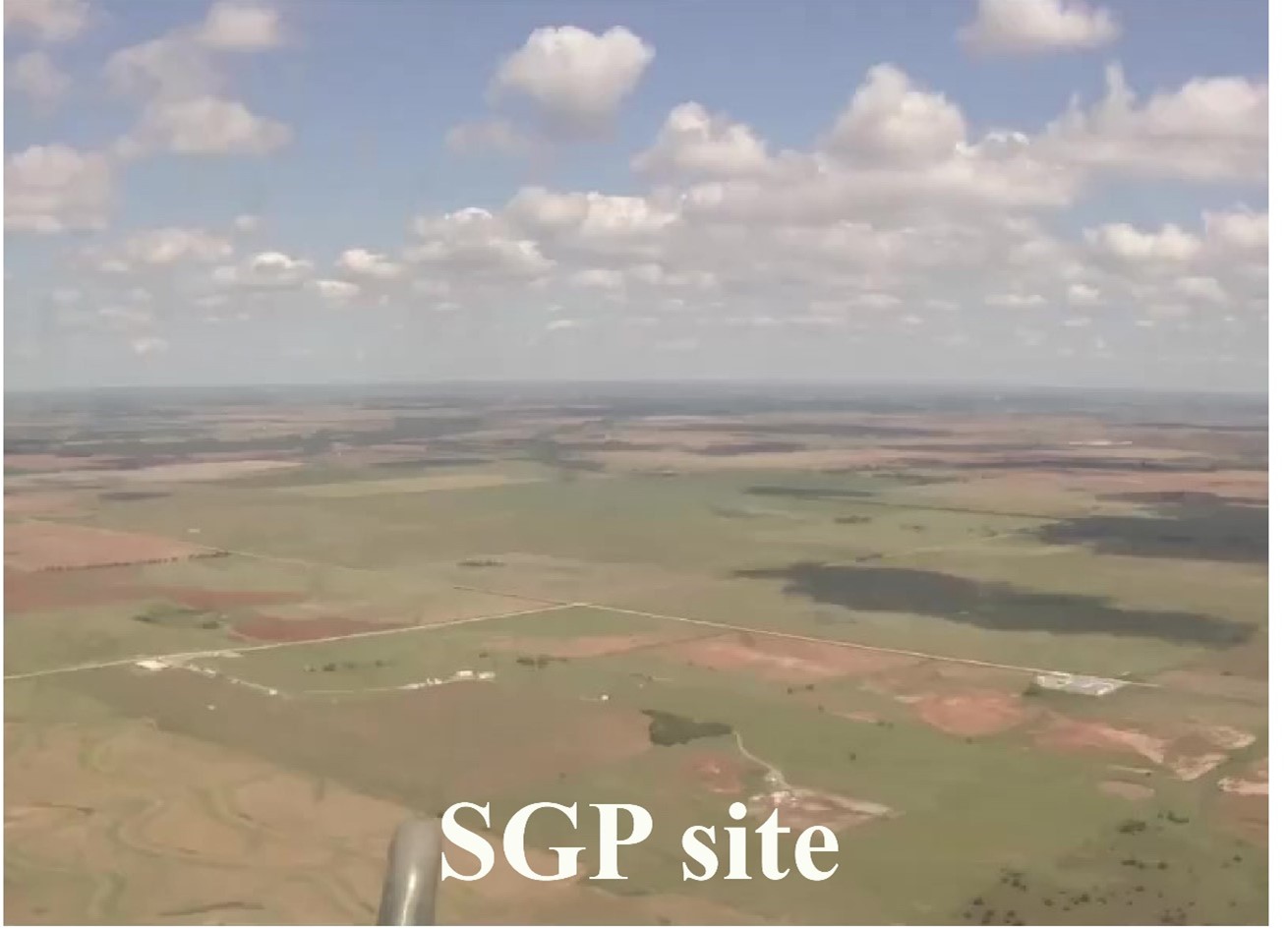Studying cloud condensation nuclei to close the gap of modeled aerosol properties
Submitter
Fast, Jerome D — Pacific Northwest National Laboratory
Area of research
Aerosol Processes
Journal Reference
Science
Modeling aersol particles that could initiate cloud formation is a major uncertainty in climate models. Finding ways to bring modeled values closer to observations is essential to increasing the accuracy of model results. In this study, researchers analyzed aerosol data taken onboard research aircraft in cloud-free conditions and compared them to modeled aerosol concentrations to assess the closure. They used aerosol size distribution, bulk non-refractory chemical composition, and various aerosol mixing state assumptions. Their findings may provide constraints on the cloud-forming ability and chemical nature of aerosol used in models of the Southern Great Plains (SGP) region.
Impact
Atmospheric aerosol particles that serve as cloud condensation nuclei (CCN) can influence the climate and the hydrological cycle by activating cloud droplets. The aerosol CCN activation characteristics, such as hygroscopicity and mixing state assumptions, determined in this study may be useful for modeling liquid droplets at the SGP. These results, along with the existing literature, may provide insights into locations for future field studies and instrumentation needed to better constrain aerosol mixing states in models.
Summary
The Holistic Interactions of Shallow Clouds, Aerosols, and Land Ecosystems (HI-SCALE) field campaign was carried out near the Department of Energy’s Atmospheric Radiation Measurement (ARM) SGP atmospheric observatory, located in north-central Oklahoma, USA. The intensive operational periods during the spring and summer of 2016 consisted of four weeks of measurements starting on 25 April and 29 August, respectively. The ARM Aerial Facility’s Gulfstream-1 research aircraft was used to collect simultaneous measurements of aerosol and meteorological conditions in the vicinity of the SGP. This study characterizes the airborne measurements of aerosol and CCN taken during the HI-SCALE field campaign. A closure between measured and predicted CCN was assessed based on the aerosol size distribution, bulk non-refractory chemical composition, and various aerosol mixing state assumptions. The results suggest that the best closure can be achieved by assuming all the ambient particles are 1) composed of 100% organic particles or 2) externally mixed and composed of pure sulfate, nitrate, and organic particles. Researchers found that thermodynamic properties, such as density and ambient aerosol solubility, do not significantly influence the closure results. These constraints could simplify the process of representing aerosol mixing states in models simulating liquid droplet-containing clouds at the SGP site.


